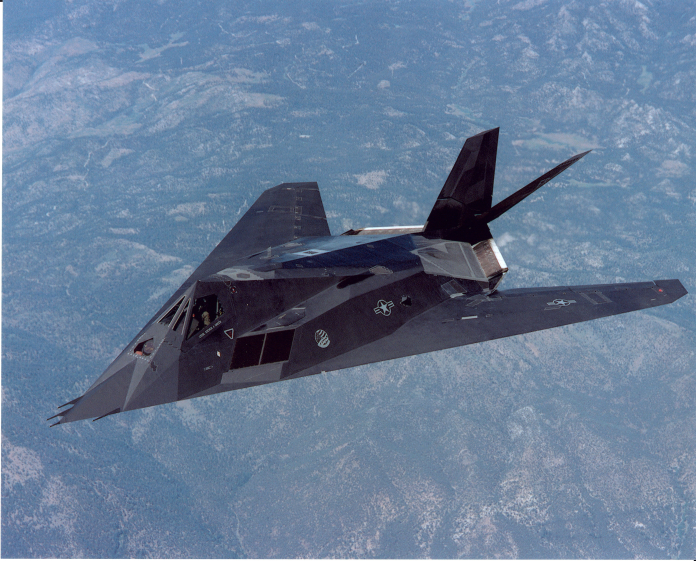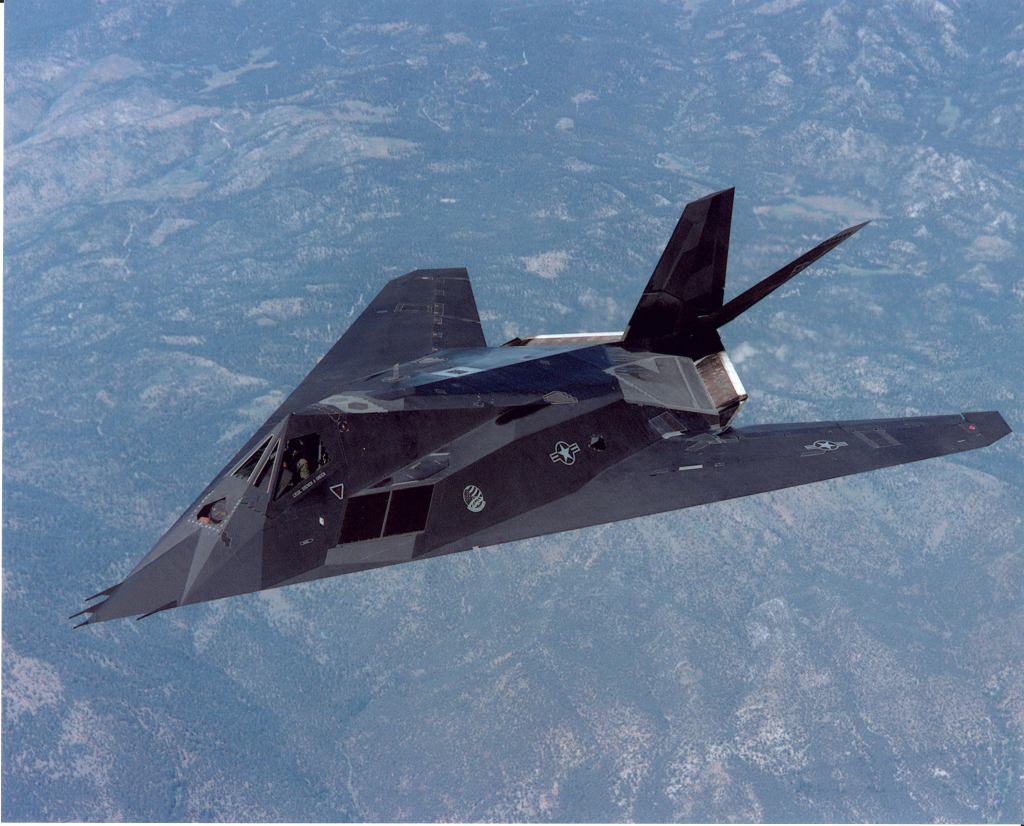
Aesthetics and lethality are not mutually exclusive in fighter aircraft. Through more than a hundred years, military air power has been an arena for advancing technology, national ambition, and sometimes in an unexpected way evocative design. The evolution from open-cockpit biplanes to the wedge-shaped silhouettes of stealth aircraft is one of engineering capability, as well as changing ideologies about warfare and looks. While function has ever dictated form, certain jets have transcended their utilitarian origins to become icons glorious as they are lethal. This collection delves into seven fighter jets whose beauty is only rivalled by their significance in history and technology. From the World War II shark-mouthed P-40s through the faceted, radar-absorbing F-117, these aircraft have left their marks indelibly on the battlefield and imagination.
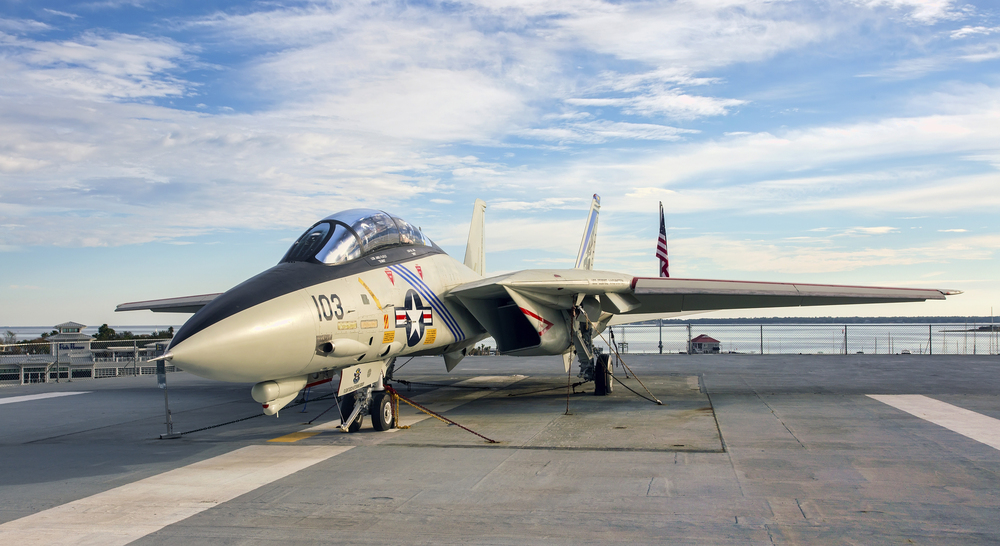
1. F-14 Tomcat: Hollywood Legend and Engineering Wonder
The F-14 Tomcat is perhaps as famous for its cinematic past as for its military past. Built in the early 1970s when the F-111B was discovered to be too heavy for carrier duty, the Tomcat flew for the first time in 1970 and went into U.S. Navy flight in 1972. Its distinctive swing-wing design and double tails provide it with a speeding menace appearance, which cemented its status in the limelight in “Top Gun.” Paramount has allegedly paid as much as some $8,000 an hour (far more than $23,000 today) to keep the F-14s airborne for the original production.

All US-based Tomcats were retired by the time production of the sequel took place, so producers had to utilize a non-flight-capable airframe and CGI to stage flight scenes. Beyond Hollywood, the F-14’s blend of speed, agility, and formidable silhouette continued to keep it an icon of U.S. naval aviation until 2006. Its cinematic identification with science fiction fighters and its oversized cultural footprint have cemented its status as one of the most iconic jets ever.
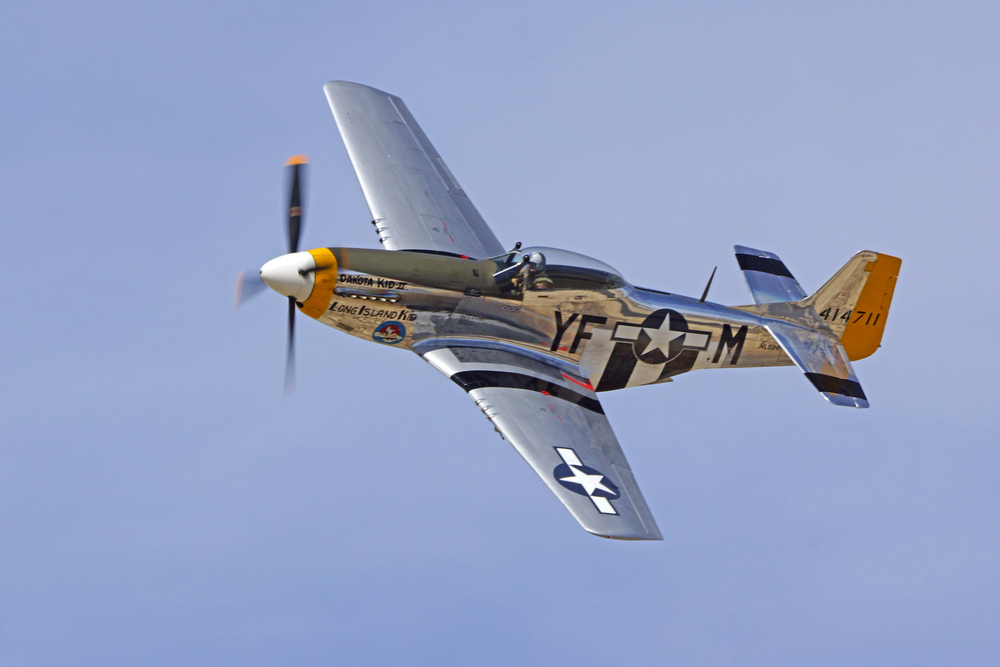
2. P-51 Mustang: The Embodiment of WWII Elegance
There is no aircraft that embodies World War II quite like the P-51 Mustang. With itsstreamlined, finned fuselage and legendary bubble canopy, the Mustang was a work of engineering as much as art. Its mechanicals and analog controls, as described by technical advisor Steve Hinton, still maintain “a lot of that pioneering spirit of aviation.” The Mustang first flew in 1940 and went on to become a staple of Allied aerial power, employed in the war effort in Europe and the Pacific. Of the almost 1,500 produced to serve during World War II, fewer than 150 now exist a tribute both to their rarity and enduring popularity. Tom Cruise, a licensed pilot in real life, owns a 1946 Mustang and flew one in “Top Gun: Maverick,” earning co-star Monica Barbaro’s aside, “even the Top Gun pilots kind of nerd out over his P-51, which is saying something.”

3. MiG-29 Fulcrum: Cold War Lines and Global Spread
The MiG-29 was tempered by the heat of Cold War rivalry, designed to be the replacement for the veteran MiG-21 and a reaction to Western advances. It first flew in prototype form in 1977, and the aircraft entered production in five years’ time. The MiG-29’s dual afterburners and swooping vertical stabilizers give it the appearance of a space shuttle or land-speed racing car, appropriate for its reputation as one of Russia’s most impressive fighters. Exported to more than two dozen countries, the MiG-29 was also the target of post-Soviet intrigue: when Moldova inherited 34 nuclear-capable Fulcrums, the United States purchased 21 in 1997, to likely keep them out of proliferation. Now, a handful of those aircraft rest in American museums, physical reminders of a time when form and strategy walked together hand in hand in the quest for arms.

4. Northrop F-5: The Unsung Hero with Showbiz Credentials
The Northrop F-5 is not necessarily one to capture headlines for itself, yet its smooth lines and quick body have earned it the love of pilots and airshow enthusiasts across the globe. First introduced in 1963, the 7:1 thrust-to-weight ratio and aerodynamic design of the F-5 enabled it to cruise at 1.4 times the speed of sound and to climb to 50,000 feet. Its resemblance to the fictional MiG-28s in “Top Gun,” built simply by black-painting F-5s, demonstrates the aircraft’s timeless and versatile design. The F-5 wound up in further reaches of the globe than Soviet equivalents, ensuring its presence at airshows and in the inventories of numerous air forces.
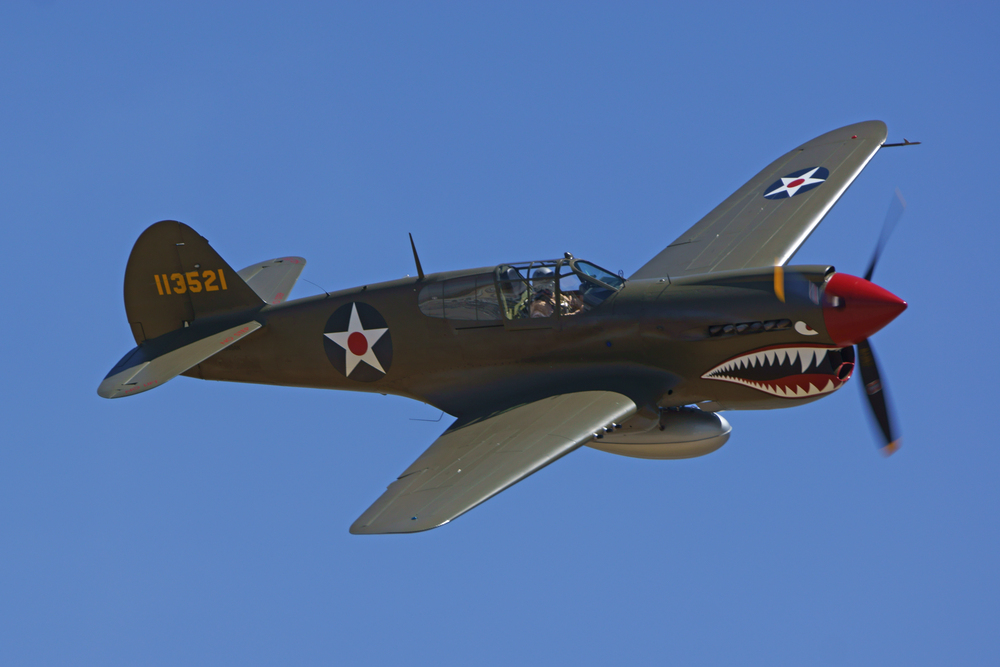
5. Curtis P-40: The Shark-Mouthed Warrior
The Curtis P-40, in its combat stance and legendary shark-mouth nose art, was an emblem of Allied resolve during World War II. Used by the “Flying Tigers” the American Volunteer Group commanded by Claire Chennault the P-40 was instrumental in downing over 350 Japanese aircraft in just six months. Its profile was ominous even without the painted snarling teeth, but adding the theme gave it a life-like quality of ferocity. The P-40’s nicknames Warhawk, Tomahawk, Kittyhawk chronicle its global service, from Pearl Harbor to North Africa. Its visual heritage endures in film and historical reenactments, where it continues to represent the art and the austerity of fighter design in its formative period.

6. F-117 Nighthawk: Stealth as Aesthetic Revolution
The F-117 Nighthawk is the world’s first stealth fighter in operational use, its sharp, faceted shape a blunt response to the demands of radar evasion. Revealed in the late 1980s, the Nighthawk’s form was determined by the need to reduce radar cross-section and therefore adopted a shape as visually striking as it was technologically groundbreaking. Costing $42.6 million apiece (approximately $150 million in 2024 terms), only 59 were ever built. The Nighthawk was first deployed in combat over Panama in 1989 and then flew again during the Gulf War and Kosovo. Its unique shape was not an afterthought, but a deliberate engineering solution one that redesigned what a fighter plane could be.

7. P-80 Shooting Star: The Dawn of the Jet Age
Lockheed P-80 Shooting Star is the first production jet fighter ever constructed in the United States, developed in only 143 days near the final stages of World War II. Its smooth, symmetrical lines and humble good looks set a new standard for jet-powered looks. While it saw some limited use prior to the end of the war, the P-80 was a workhorse during the Korean War, where it achieved an impressive 75% win rate for the enemy early in the war. The P-80C model had a range of 1,090 miles and a service ceiling of 46,800 feet, and as effective as it was beautiful. Its legacy is not just in its combat history, but in what it accomplished as a bridge between the propeller-driven past and the jet-powered future.

What is so appealing about these combat aircraft is not just their success in battle, but the manner in which their forms energize engineers, pilots, and enthusiasts alike. Each one is a particular milestone of need, inventiveness, and craftsmanship. As military aviation itself evolves attempting to be stealthy, fast, and computerized its visual iconographic legacy continues, keeping in mind that in the high-risk environment of air-to-air combat, form and function best be one.
